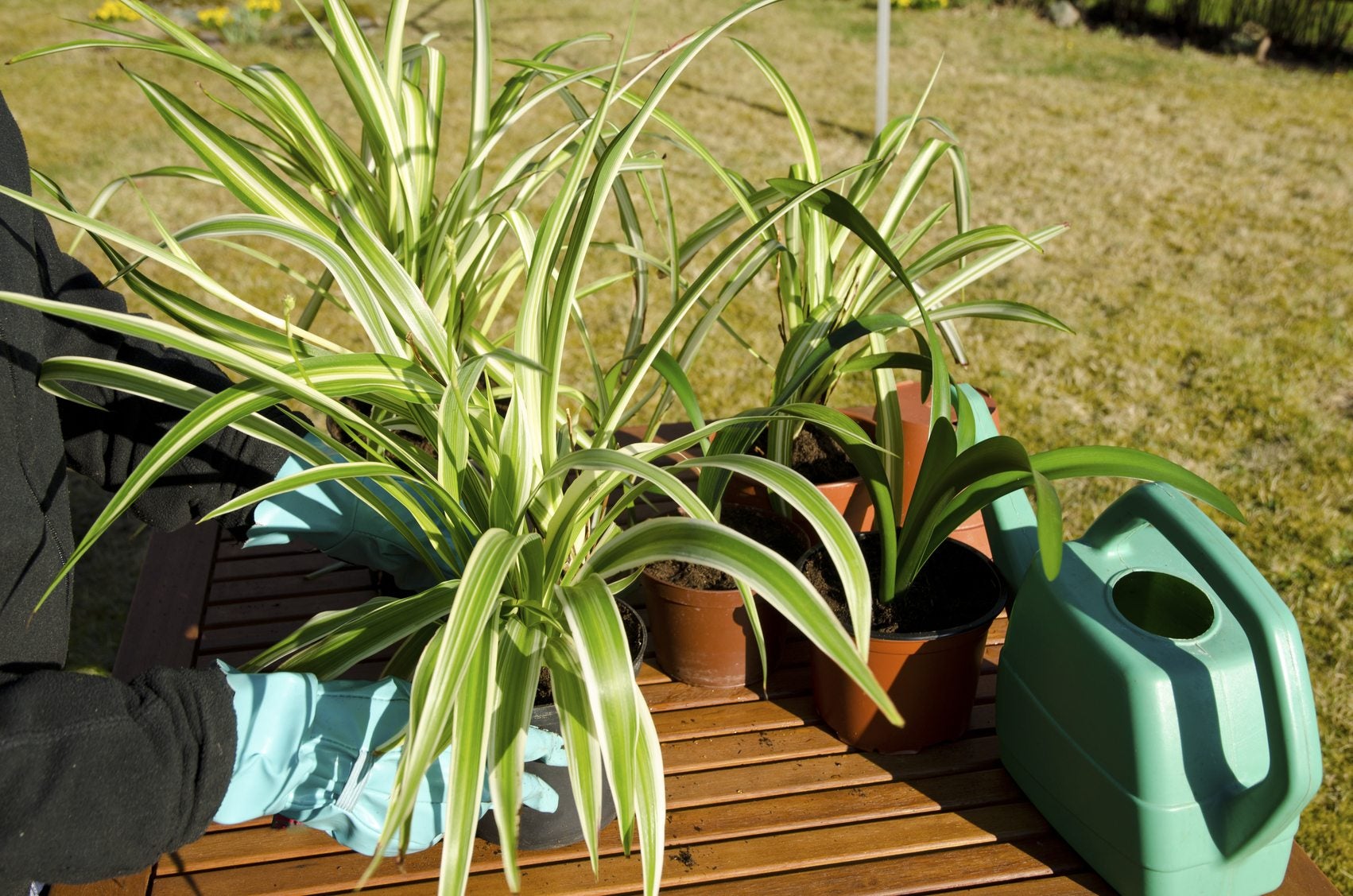Caring For Sick Spider Plants: How To Treat Diseases Of Spider Plant


Spider plants are very popular houseplants, and for good reason. They’re very hardy, growing best in indirect light with soil that’s allowed to dry out between waterings. In other words, they work well indoors with only moderate watering. In exchange for little maintenance, they produce long green fronds and small plantlets or “babies,” little versions of themselves that hang down like spiders on silk. Since they require so little care and have such an interesting look, spider plant problems can be a real blow. Keep reading to learn more about caring for sick spider plants.
How to Treat Diseases of Spider Plant
Caring for sick spider plants shouldn’t be too difficult once you know what to look for. There really aren’t many common spider plant diseases. It is possible for them to suffer from fungal leaf rot and fungal root rot. Root rot can usually be traced to too much watering and/or soil that doesn’t drain freely enough. In fact, most spider plant problems can be traced to environmental issues rather than disease. You may notice the tips of your spider plant’s leaves browning and drying. This is called leaf tip burn, and it is most likely caused by too much fertilizer or too little water. It may also be due to water that has too many minerals or salts in it. Try switching to bottled water and see if you notice a change. When caring for sick spider plants, the best course of action is usually repotting. If the source of your problem is soil that is too dense or a root bound plant, this should help to clear things up. If your plant does happen to be suffering from a pathogen or bacteria in the soil, repotting it (with a new, clean, sterile potting medium) should do the trick.
Sign up for the Gardening Know How newsletter today and receive a free copy of our e-book "How to Grow Delicious Tomatoes".

The only child of a horticulturist and an English teacher, Liz Baessler was destined to become a gardening editor. She has been with Gardening Know how since 2015, and a Senior Editor since 2020. She holds a BA in English from Brandeis University and an MA in English from the University of Geneva, Switzerland. After years of gardening in containers and community garden plots, she finally has a backyard of her own, which she is systematically filling with vegetables and flowers.